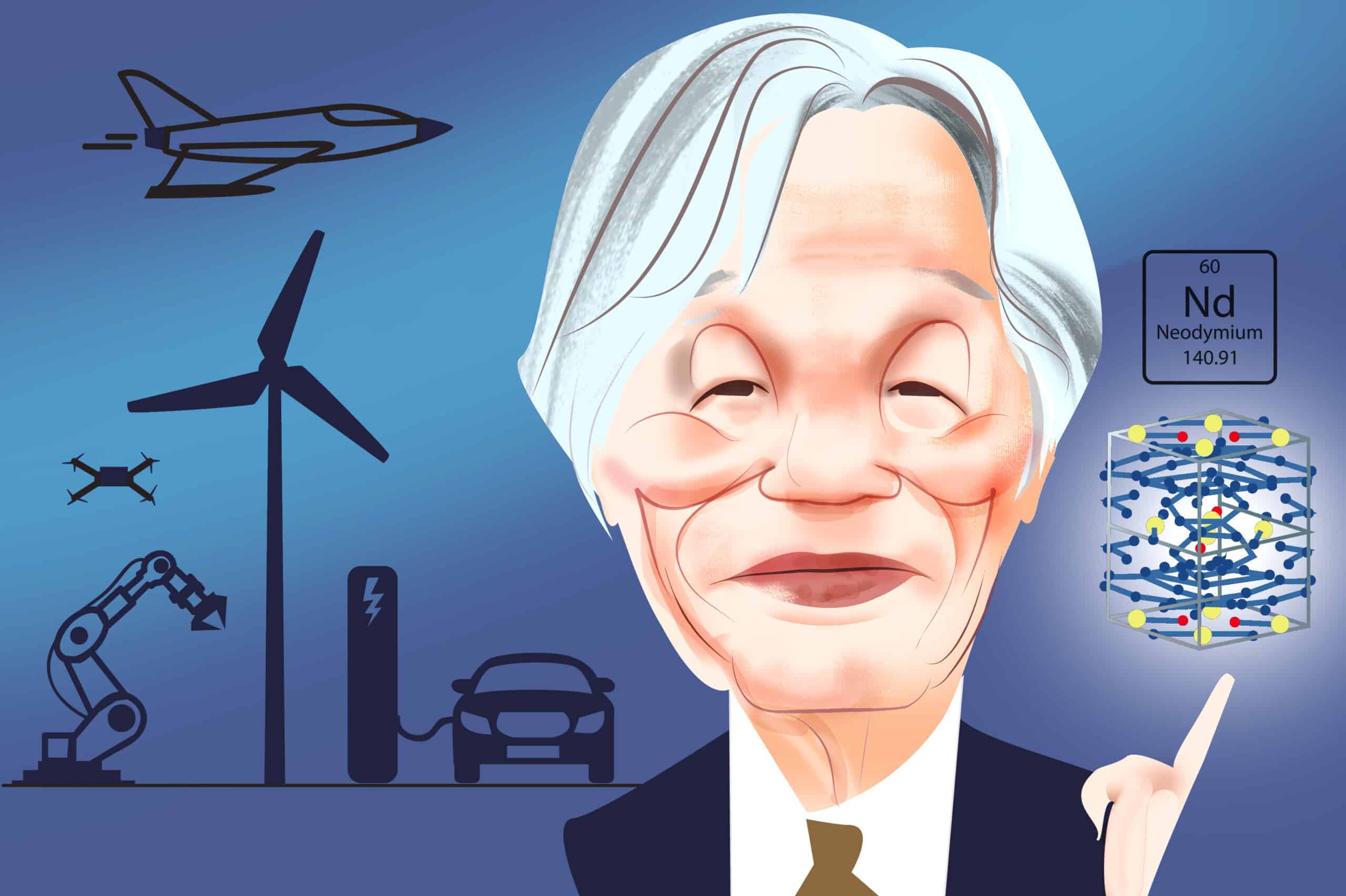Sebastian Mallaby is a distinguished journalist and author and now a senior fellow for international economics at the Council on Foreign Relations in New York. Mallaby has contributed to a variety of publications, including Foreign Affairs, the Atlantic, The Washington Post, and the Financial Times, where he spent two years as a contributing editor. A graduate of Oxford University, he is a two-time Pulitzer Prize finalist and the author of five books, including most recently, The Power Law: Vent
Navigate China's Business Landscape with Confidence.
- Gain visibility into supplier risks
- Easily manage trade compliance
- Conduct in-depth due diligence



